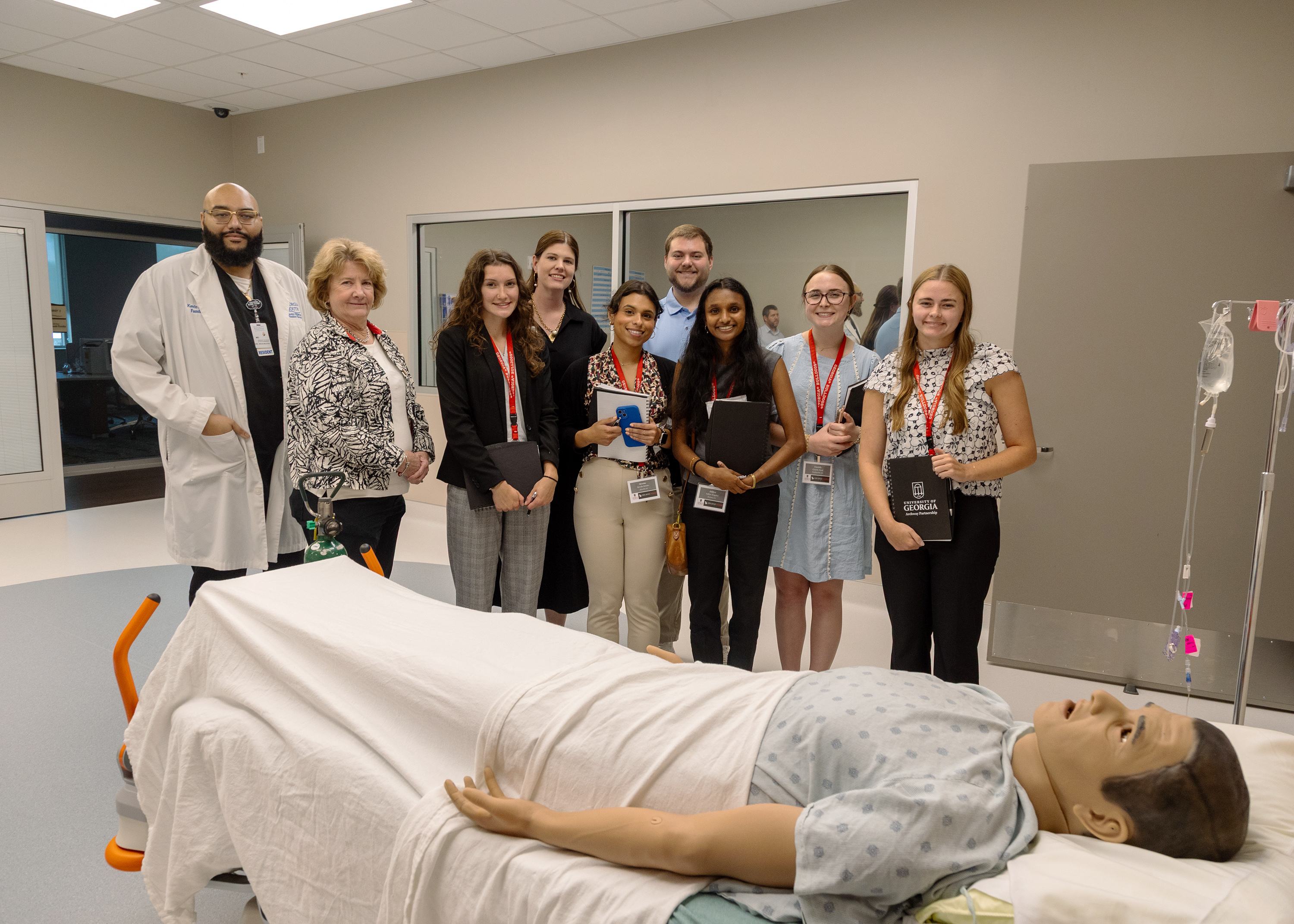The disturbing trend of homeless community college students
Published 10:36 am Thursday, March 16, 2017
There are weeks when Xavier McMillon, 23, knows he can rely on a friend to put him up for a night or two. But there are far too many other days when the Houston Community College student scrambles to find a place to stay or money to eat.
It wasn’t always like this, he said. A few months ago, he was sharing an apartment with his best friend and holding down a job. But a dispute over mold infestation got them evicted, and too many sick days because McMillon couldn’t afford his HIV meds got him fired.
“Right now it’s real hard to try to go to school, try to get a job and try to find a place,” said McMillon, who is taking the semester off. “I try not to let a lot of people know about everything that’s going on with me. I don’t like people having to worry.”
Many students suffer the same housing and food insecurity that plagues McMillon, and a new study from the Wisconsin HOPE Lab, in collaboration with the Association of Community College Trustees (ACCT), shows that the problem is more widespread than people might suspect.
In a survey of more than 33,000 students at 70 community colleges across the country, researchers found that 14 percent were homeless, and one in three were going hungry while pursuing a degree. The findings, which will be presented Wednesday at a town hall hosted by George Washington University, lay bare the reality of a population of students who remain largely invisible on college campuses.
Homelessness and hunger among college students is prevalent in all regions of the country and is not isolated to urban or high-poverty areas, according to the report. Students with children were more likely to experience food and housing insecurity than those without. Nearly a third of students going without food or shelter held jobs and received financial aid, and many work long hours at low-wage, low-quality jobs and get little sleep, the study showed.
“A lot of presidents and boards are not really aware of the scope and magnitude of this problem, and the fact that it’s pervasive across the country,” said J. Noah Brown, ACCT president and chief executive.
Because community colleges cost a fraction of most four-year universities, administrators and policymakers assume students can easily cover the expense, Brown said. But students still have to pay for rent, food, books, transportation and, in some cases, child care. He said the average yearly cost of room and board for community college students tends to be more than double the cost of their full-time tuition.
Nearly 60,000 college students identified as homeless in the federal financial aid application last year, though advocates say the number is probably higher because many students are not filling out the form. The Pell Grant program, typically helping families that earn less than $60,000 a year, has become the primary source of aid for some of the neediest students.
Forty-two percent of the students surveyed by the HOPE lab said they received Pell funding. But the thousands of dollars awarded through the federal program still fall short. And borrowing to make up the difference is a risky bet, said Sara Goldrick-Rab, a professor of higher education policy and sociology at Temple University.
“Would you recommend that a homeless student at risk of noncompletion take on debt?” questioned Goldrick-Rab, who co-authored the study. “It’s a double-edged sword. On the one hand, it would allow them to eat. On the other hand, they may have trouble eating later because they’re buried under debt.”
When he was studying creative writing at Houston Community College, McMillon said he never worried about paying for tuition, fees and books because the financial aid he received covered the costs. But the money could not stretch far enough to pay for his living expenses. Relying on his mother for help was not an option. Not only does she live four hours away in Fort Worth, but she barely makes enough to get by on her own, he said.
“She tries to help, but she has her own problems,” McMillon said of his mother. “My family is not a good support system.”
McMillon is determined to re-enroll in school in the summer, and has a few job interviews lined up. He has another semester and a half to go to obtain his associate degree, and has plans to transfer to the University of Houston Downtown. McMillon said staff in the disability service center at Houston Community College were trying to keep him enrolled this semester, but he felt too overwhelmed with everything else going on in his life.
Colleges are becoming more adept at supporting students dealing with the instability of being homeless or hungry. Advocates say hundreds of schools have food pantries, and others with on-campus housing are keeping dorms open year round to provide shelter. Still, some schools have modest resources.
Only 29 states provided funding to their community colleges in 2015, and those that did dedicated just 10 percent of their total higher education budget to such schools, according to the latest data from the State Higher Education Executive Officers Association (SHEEO). Without large endowments to support scholarships and grants, some community colleges are limited in the financial support they can offer students. Brown said there are other avenues.
“There are billions of dollars that go unspent in this country for public assistance and public support programs,” he said. “We can connect students to those benefits, and to the extent that there are still gaps, then we need to look to policy to find innovative ways to address that.”
Seventeen states, including Virginia, Maryland and Florida, have policies in place to identify and provide basic needs and educational support to homeless high school students transitioning to college, according to the National Association for the Education of Homeless Children and Youth.





